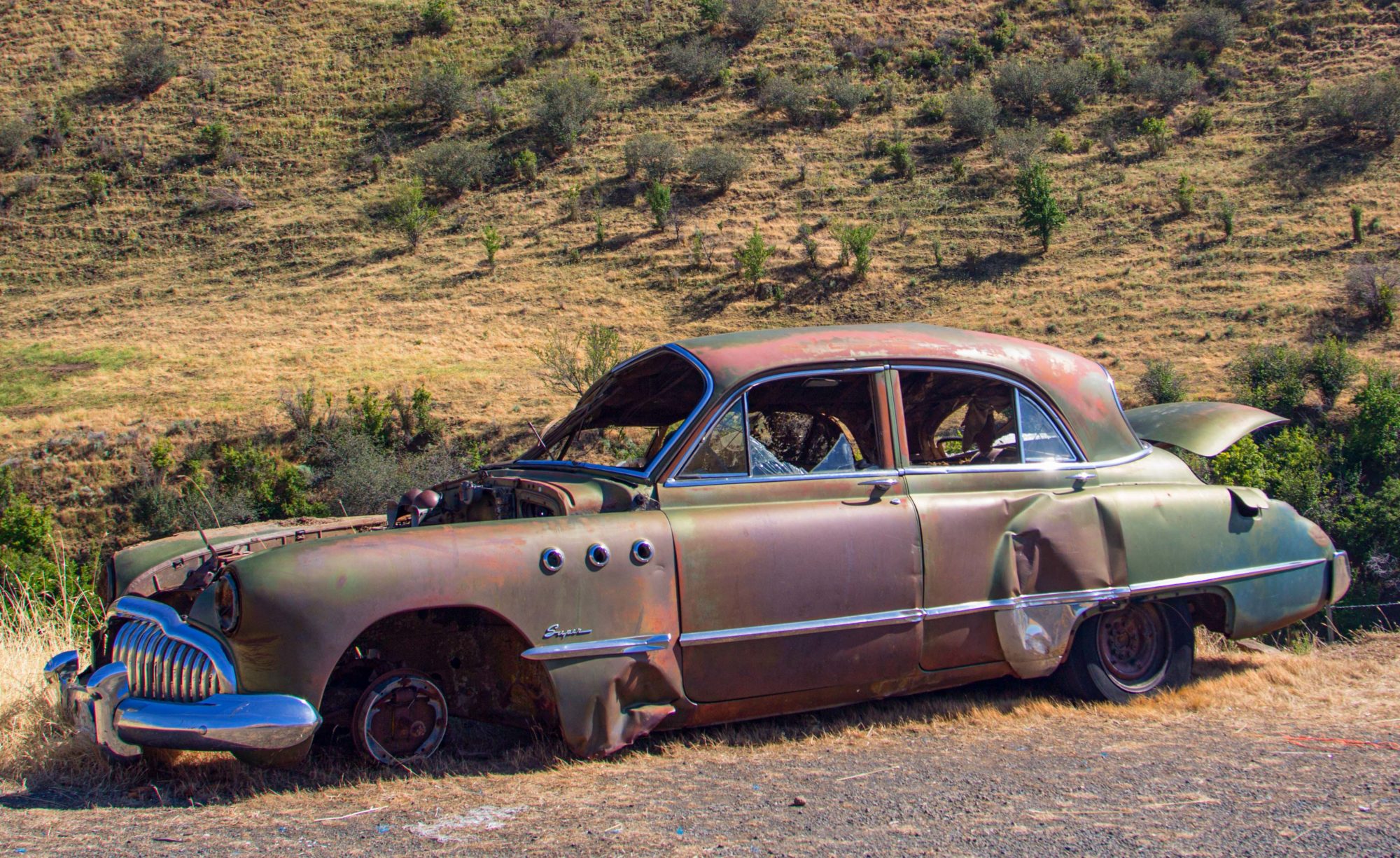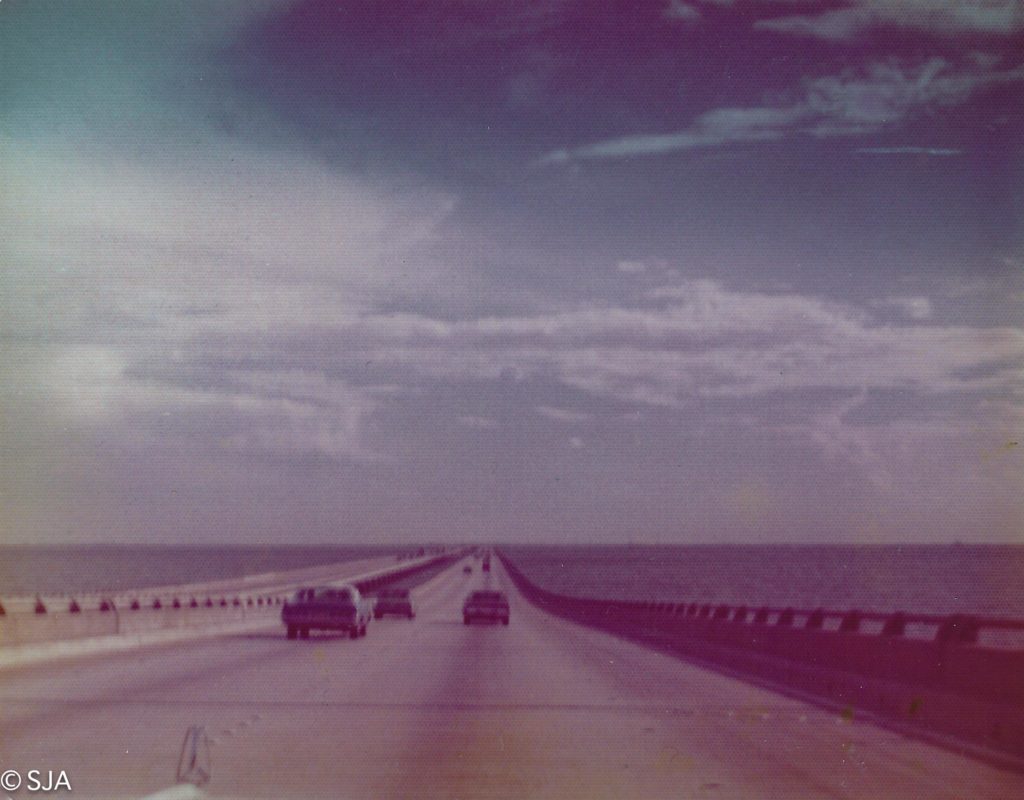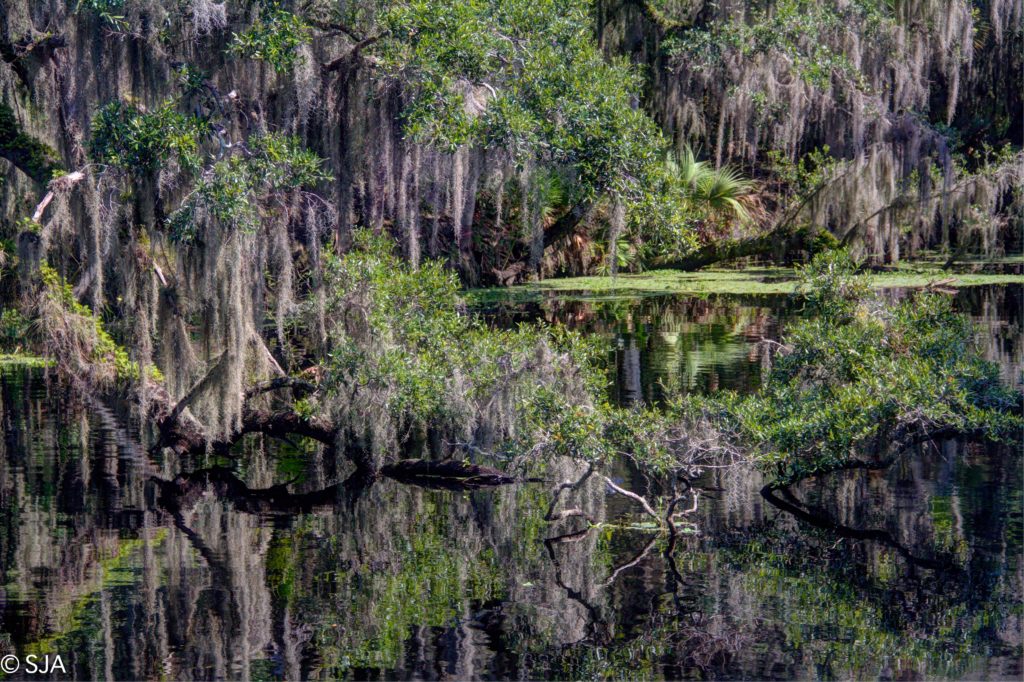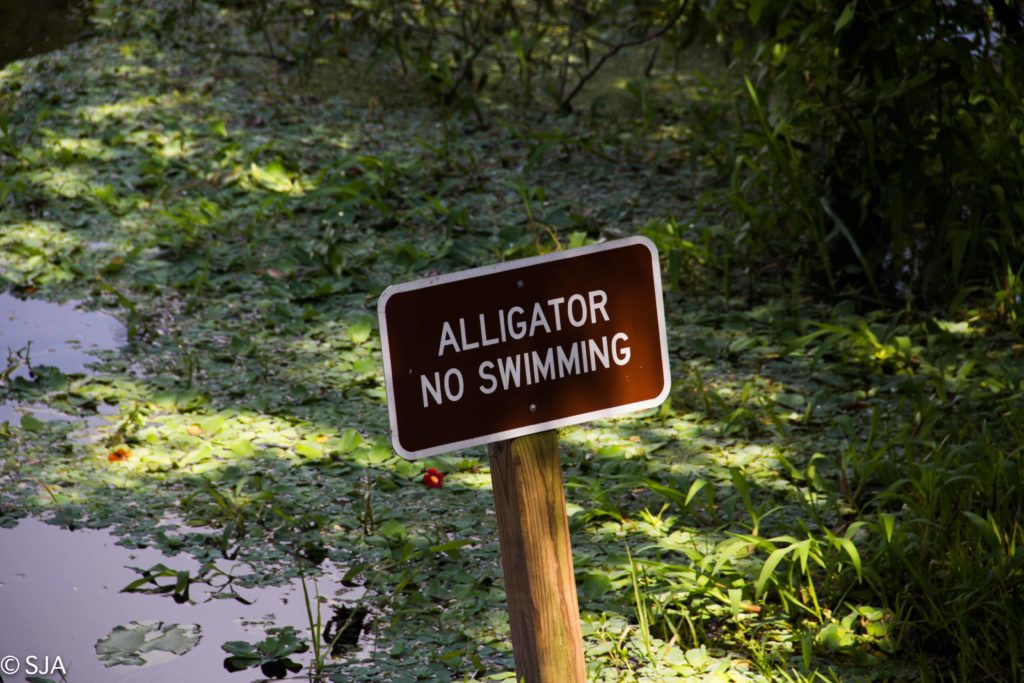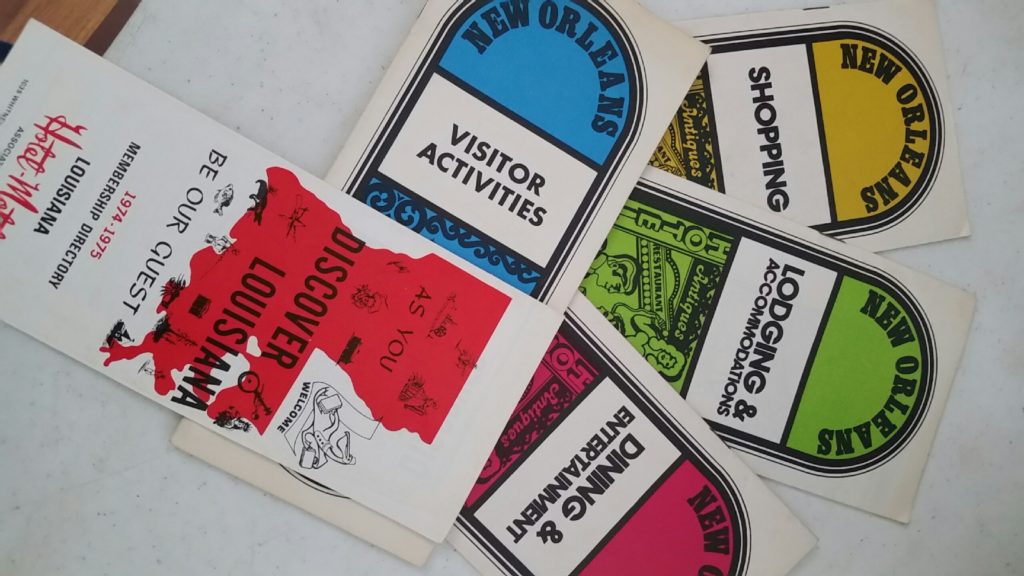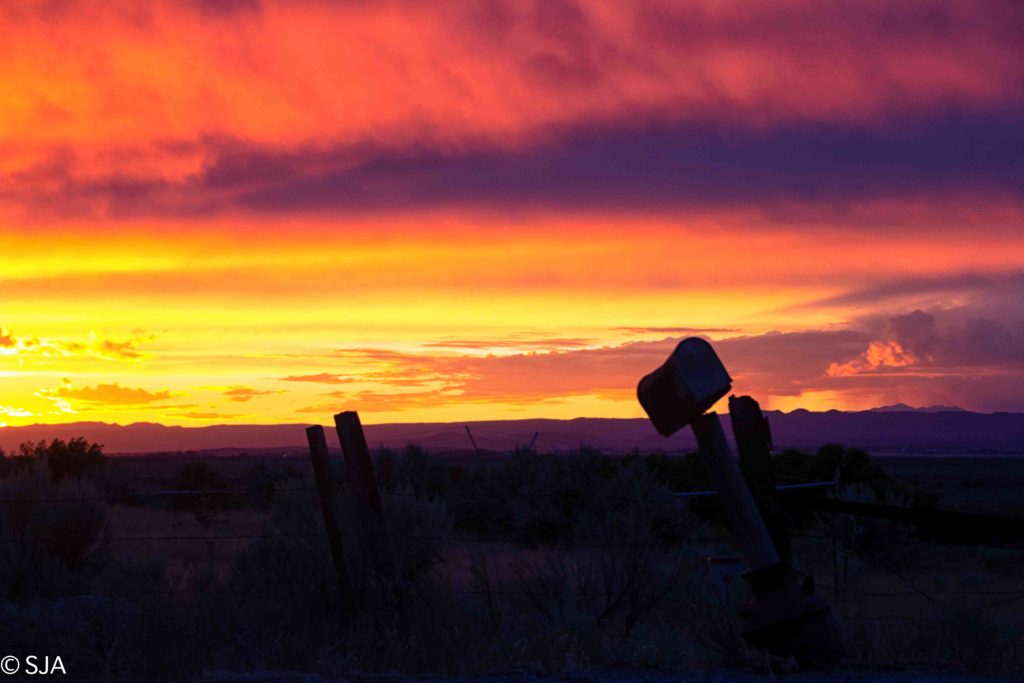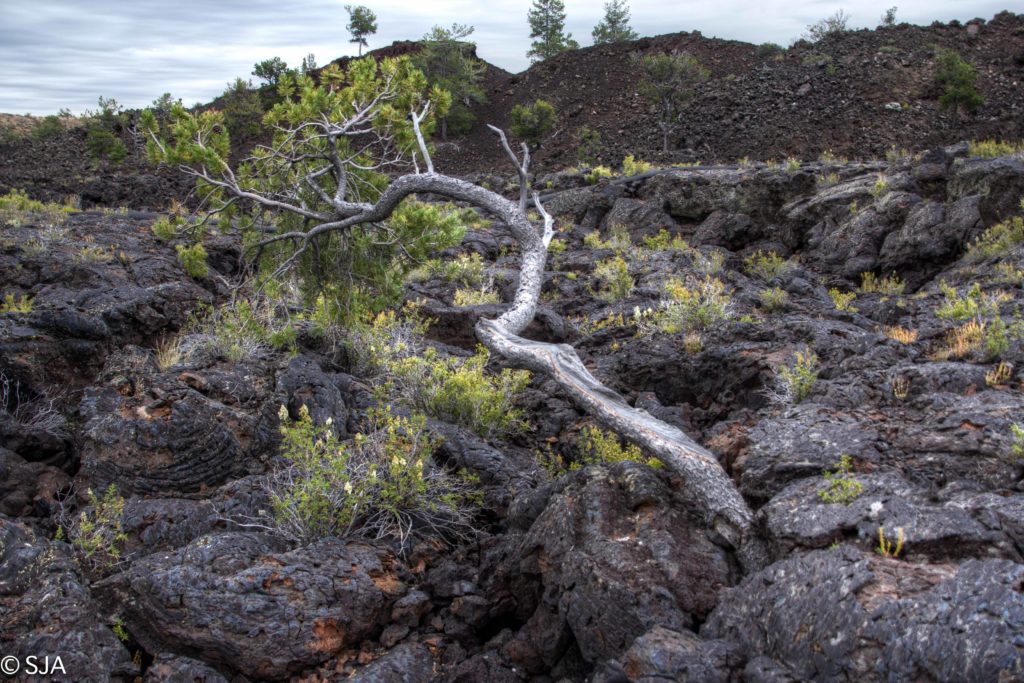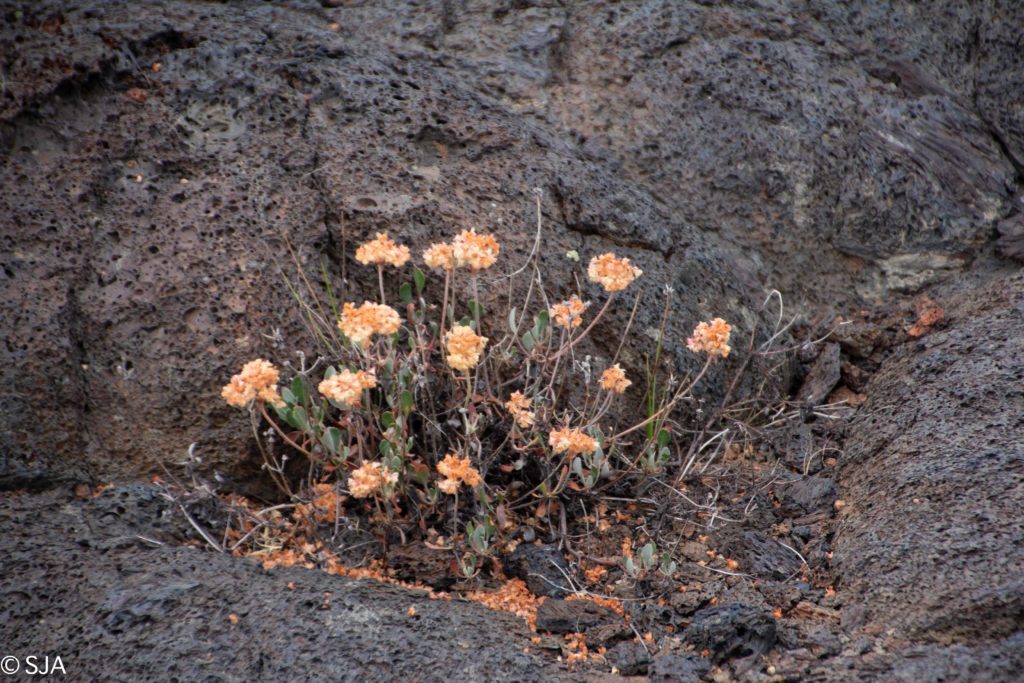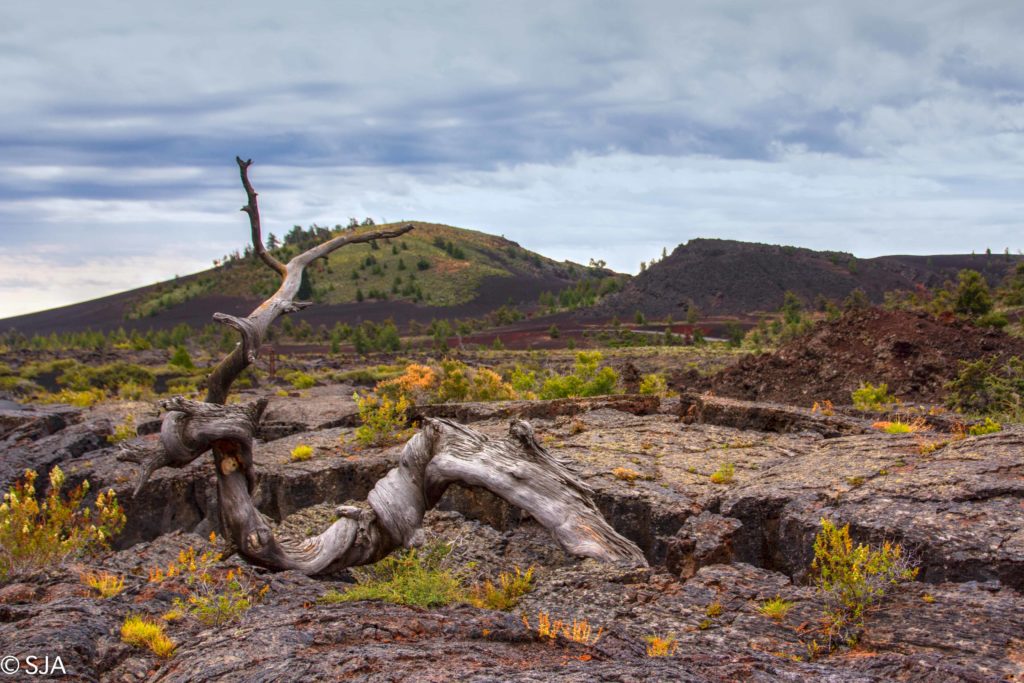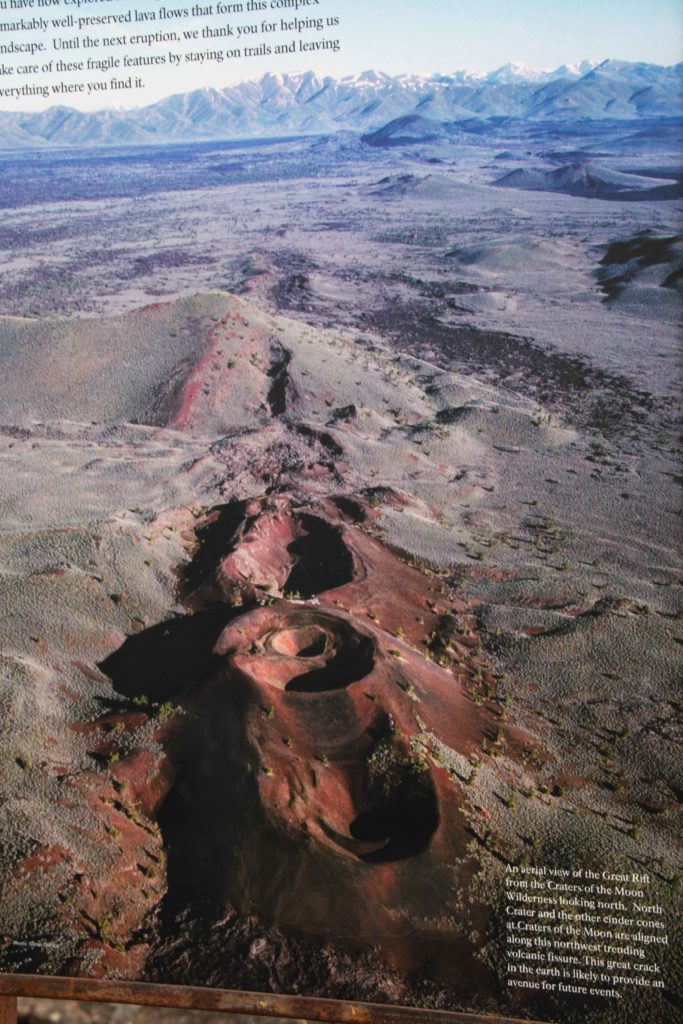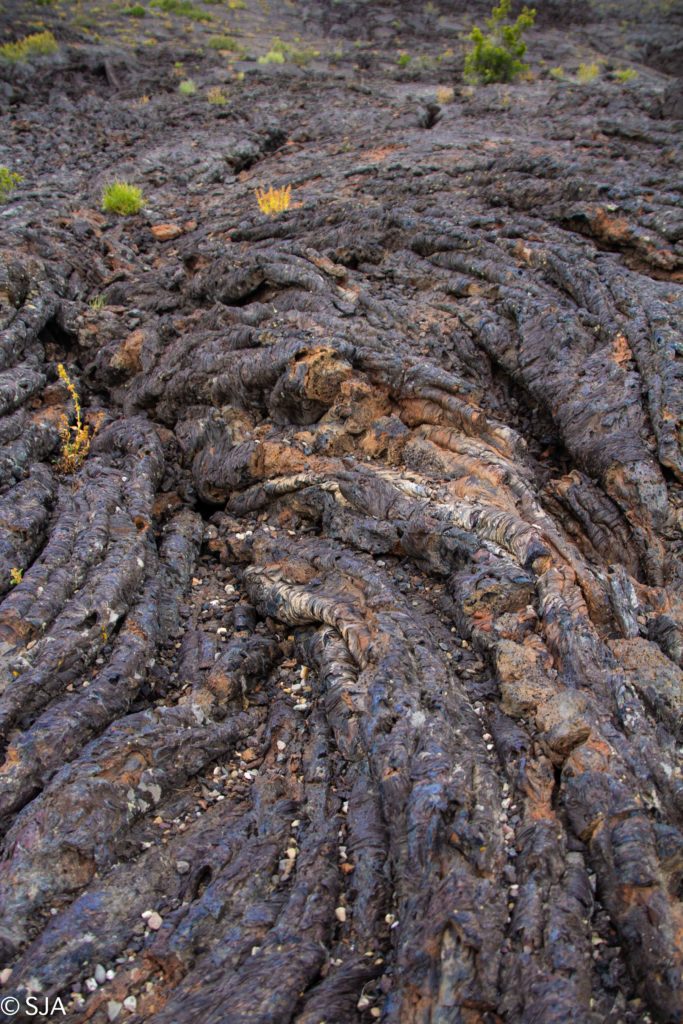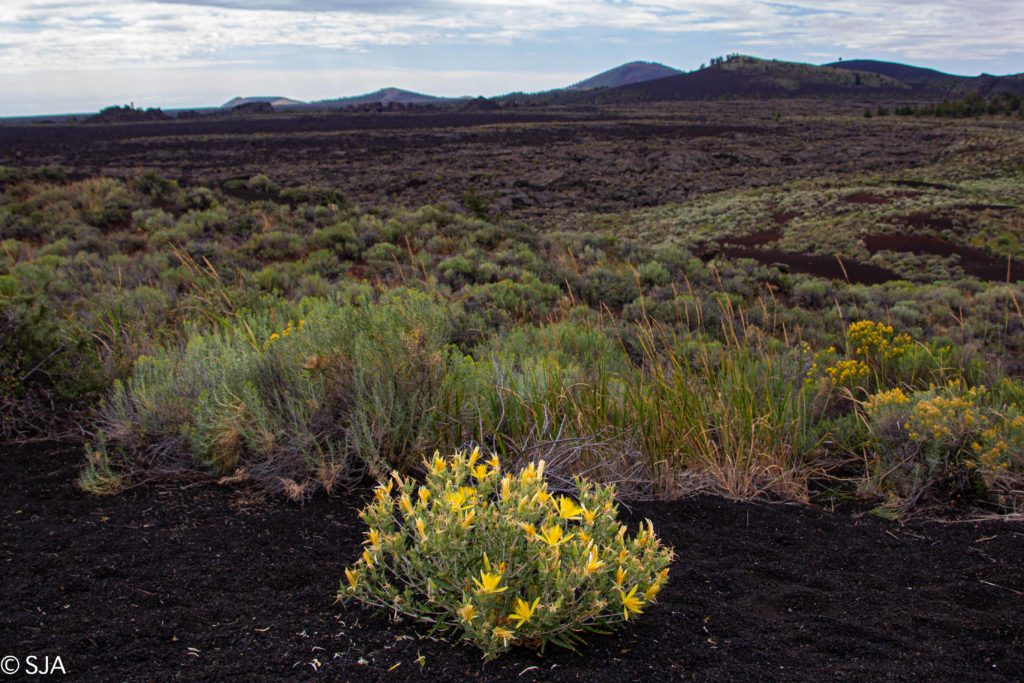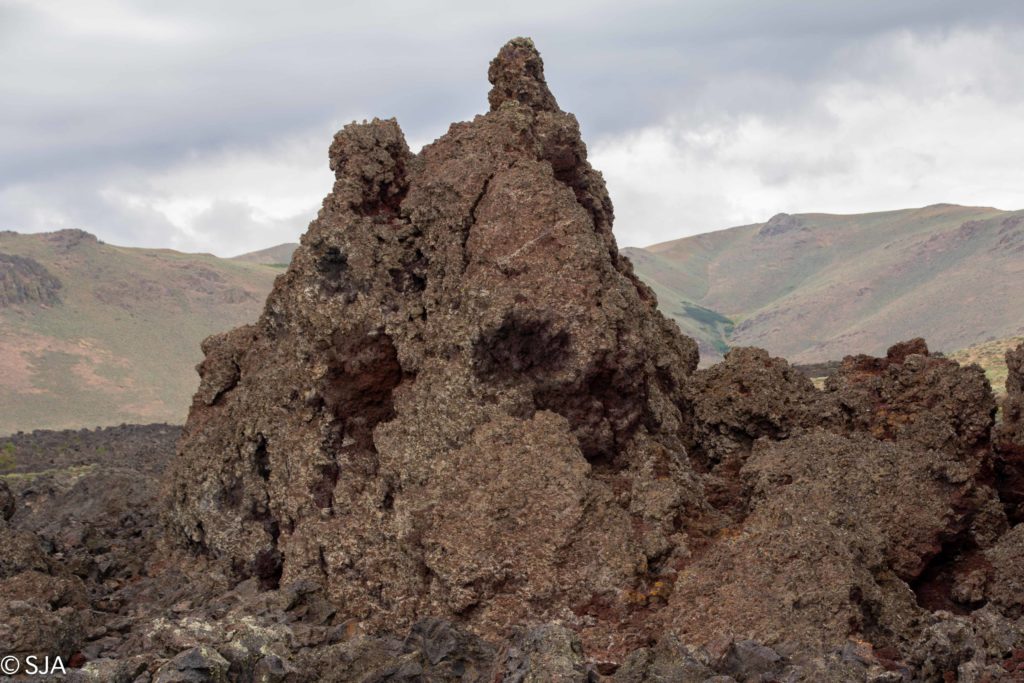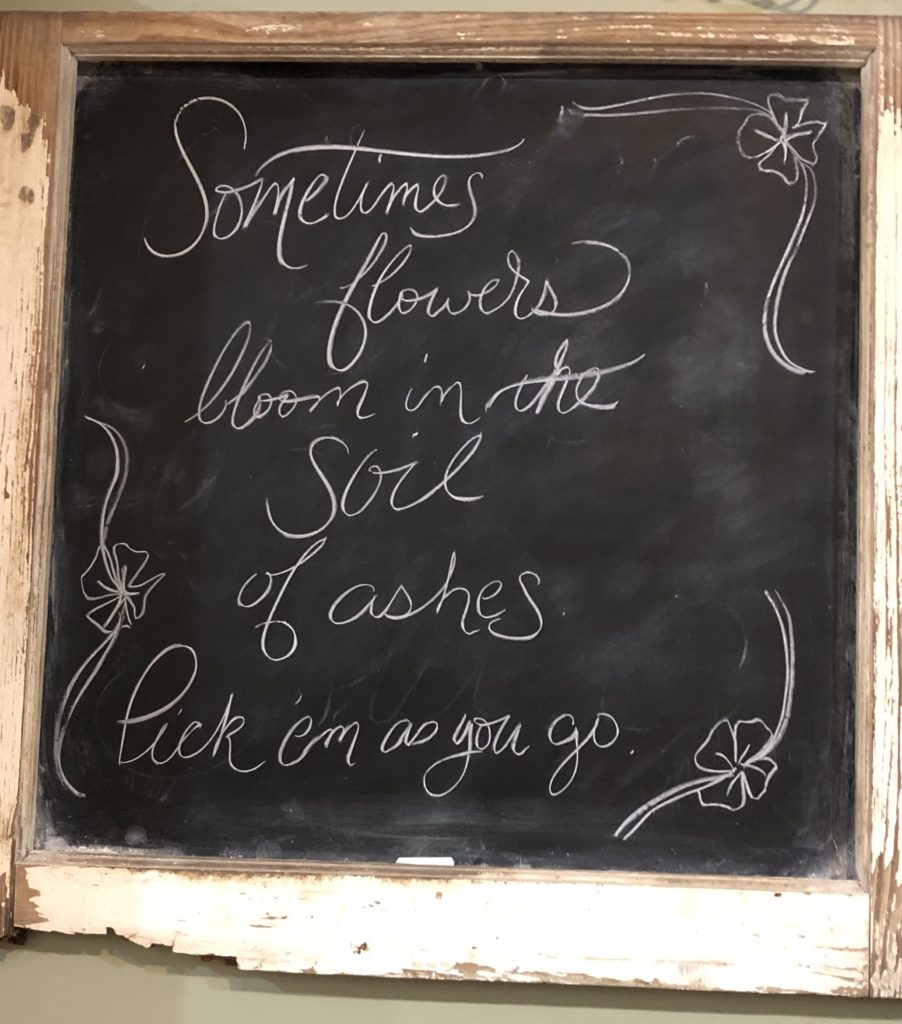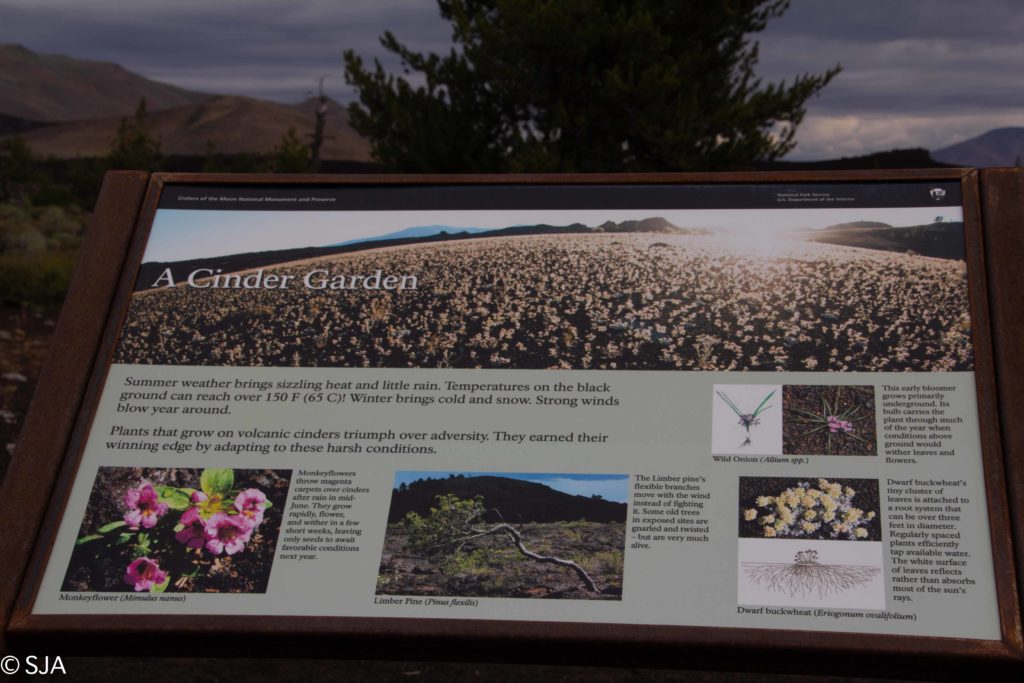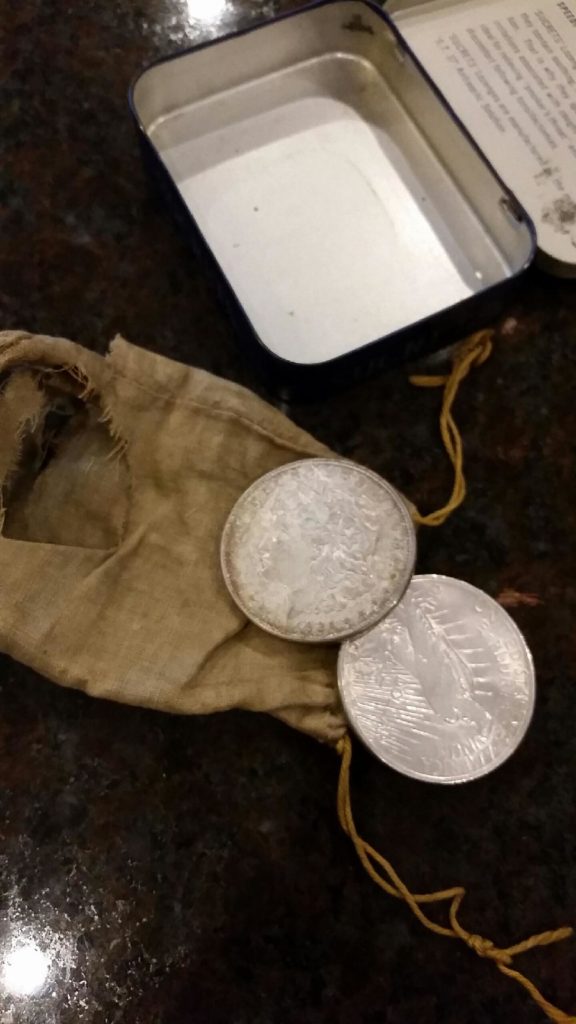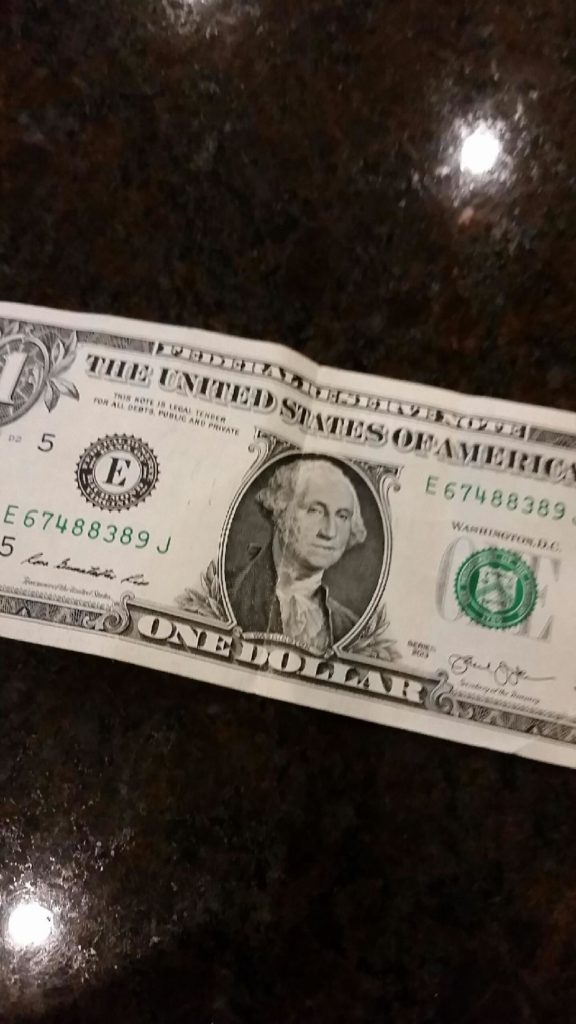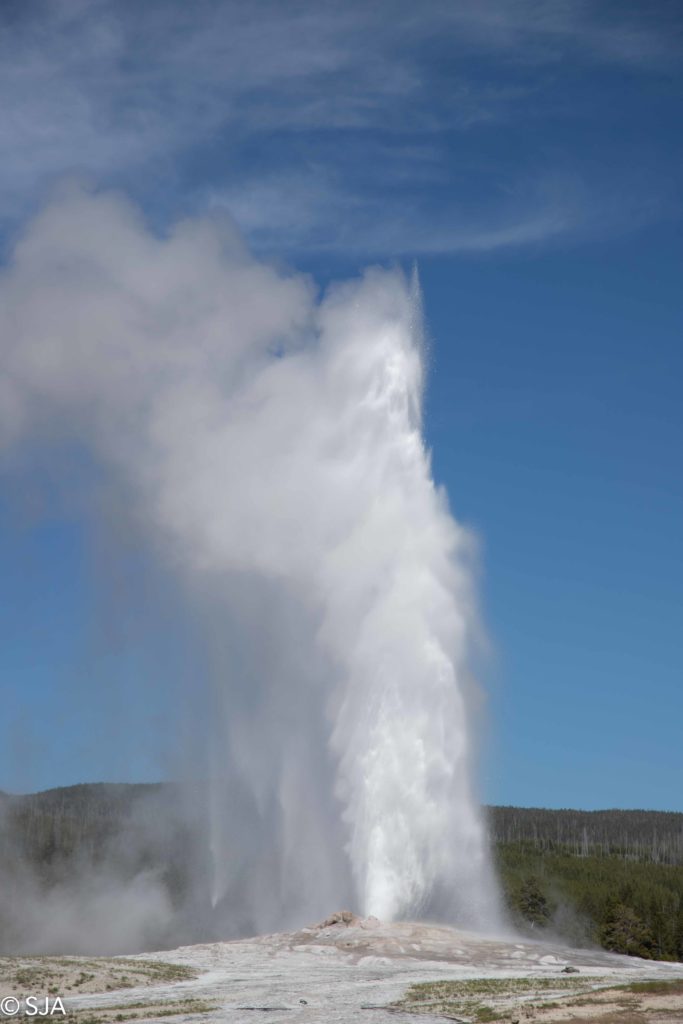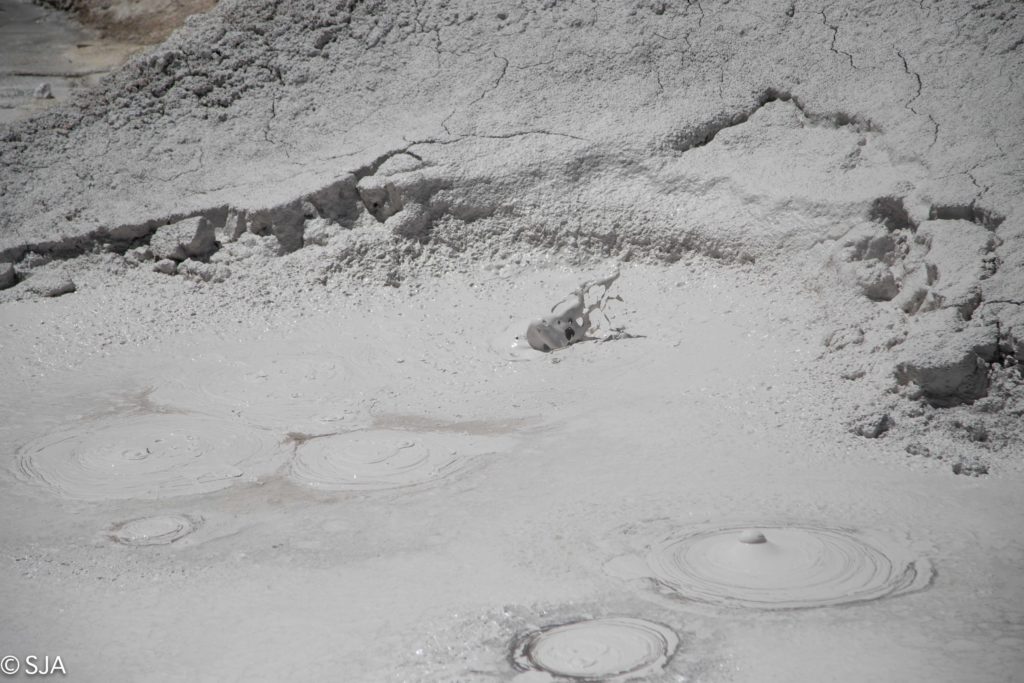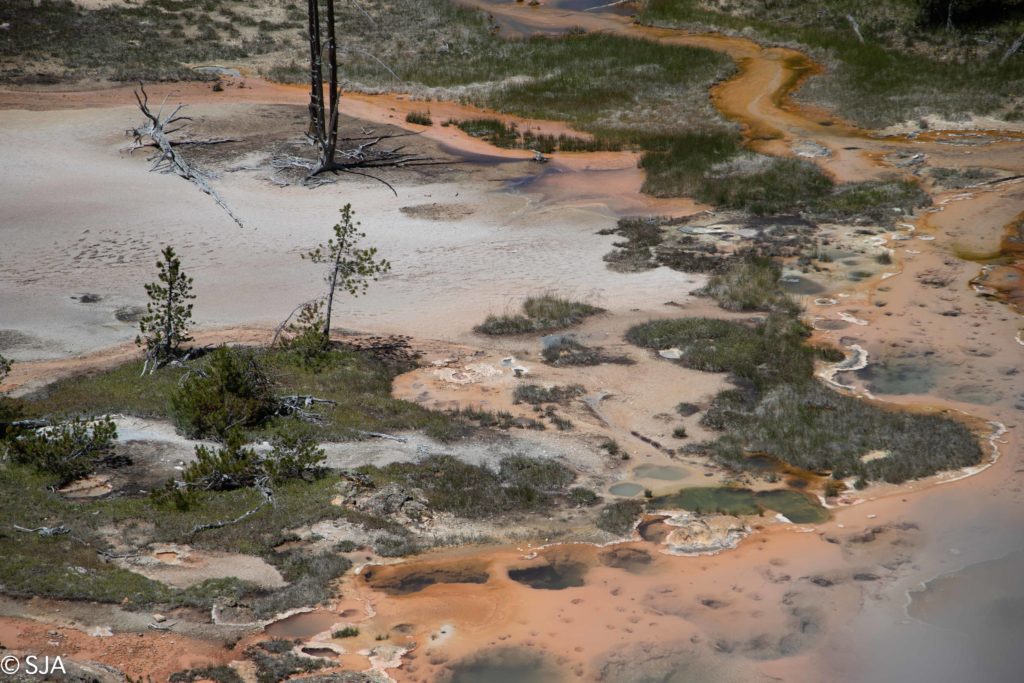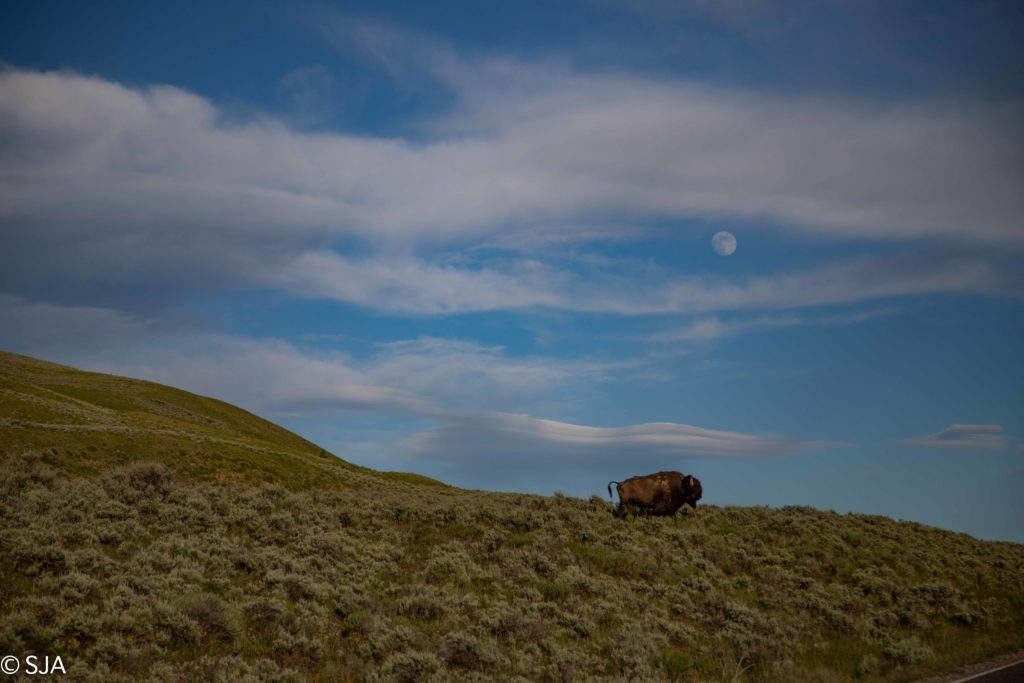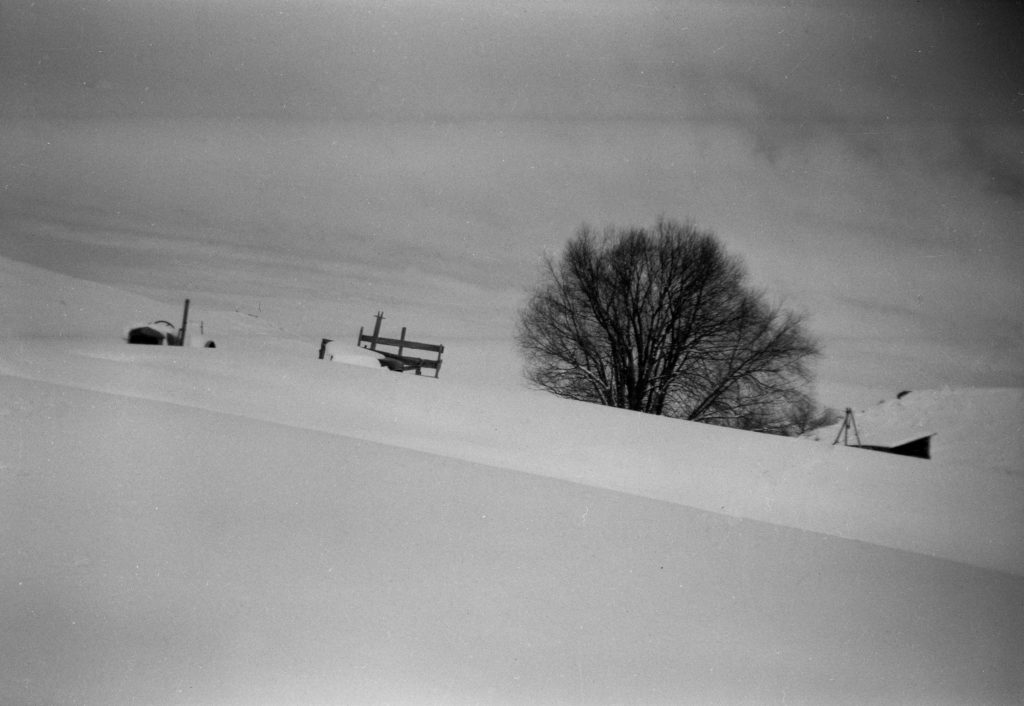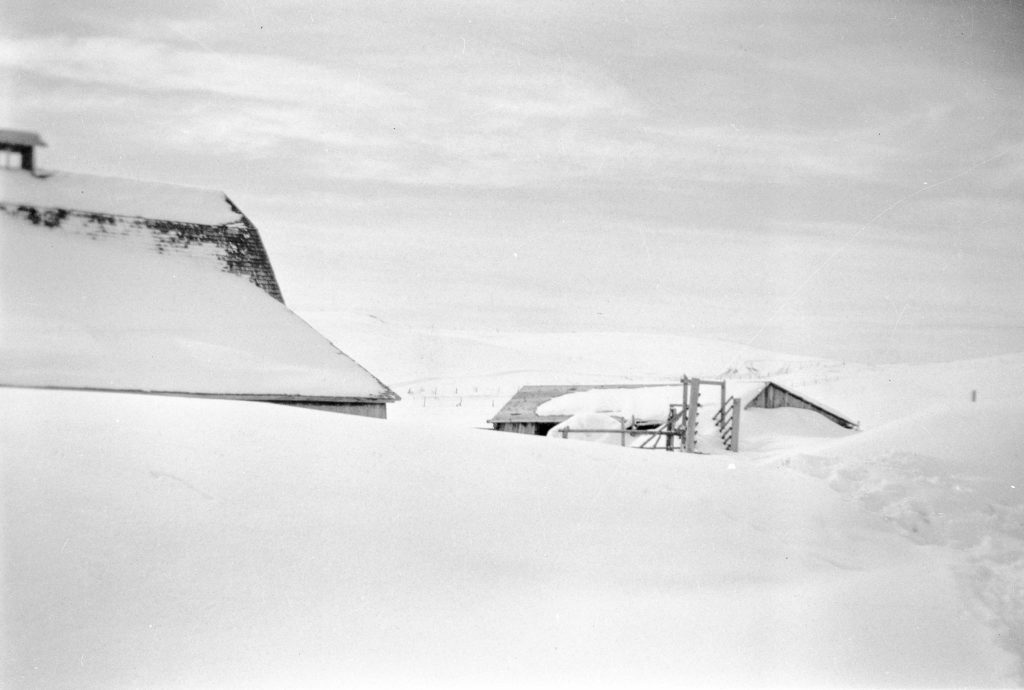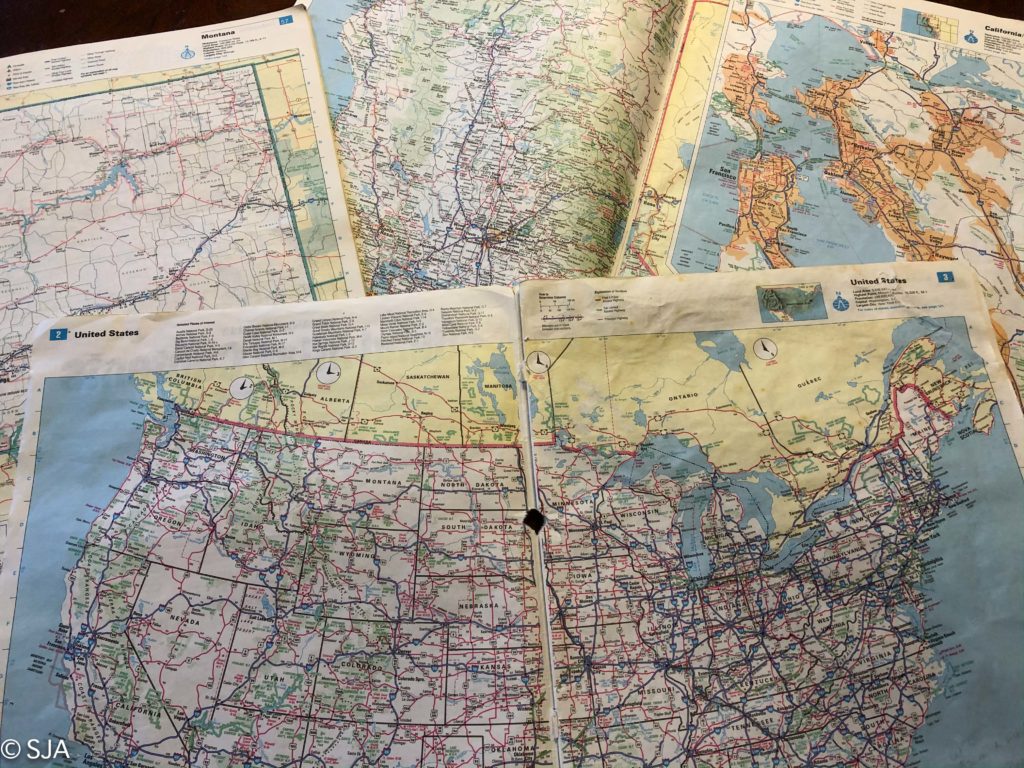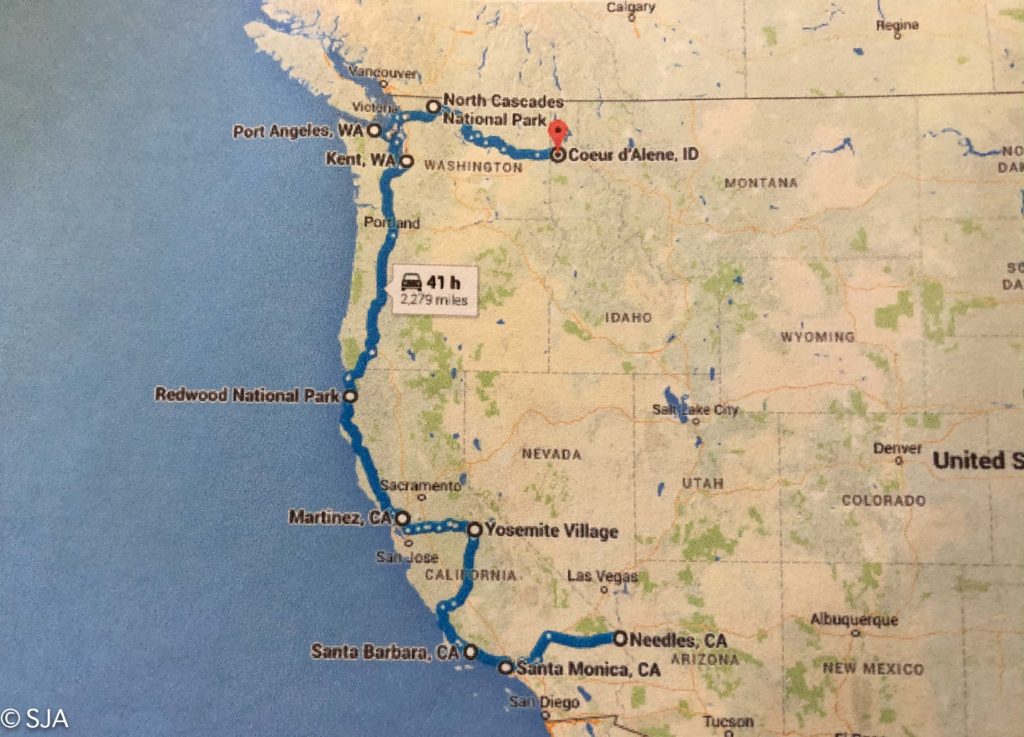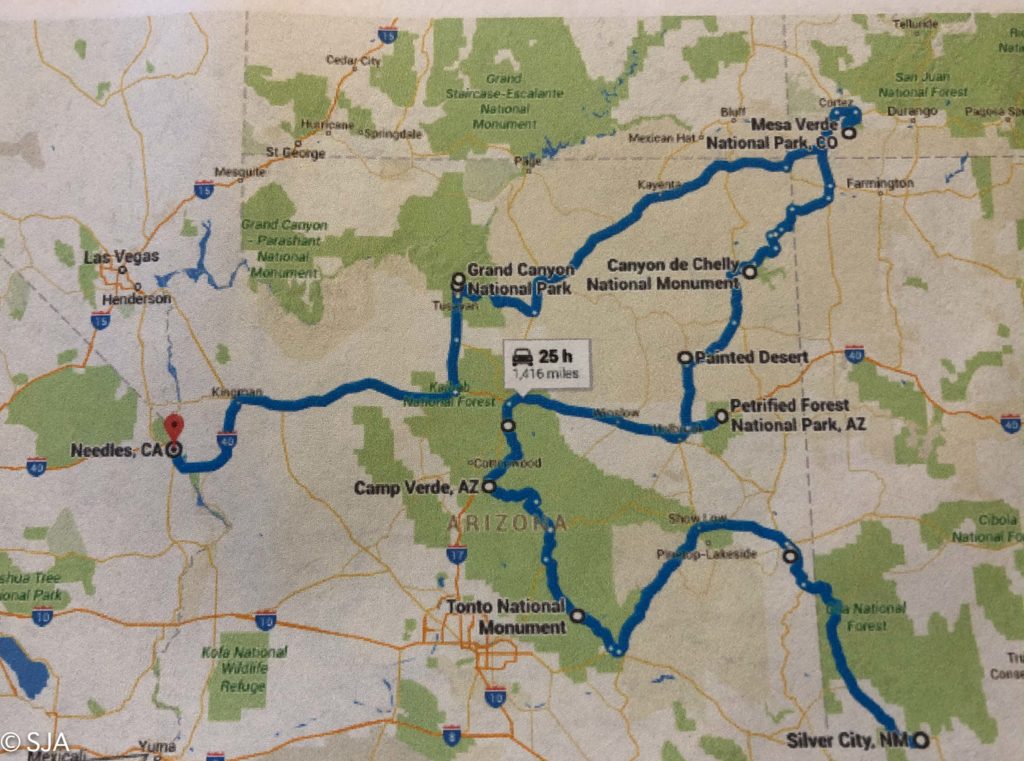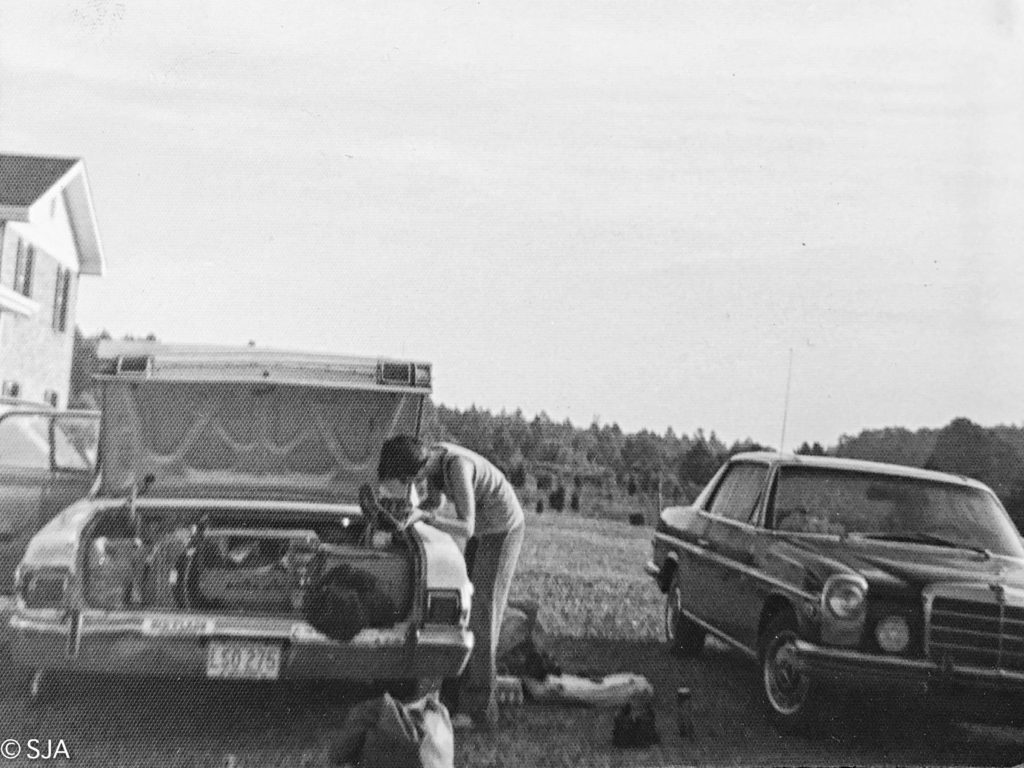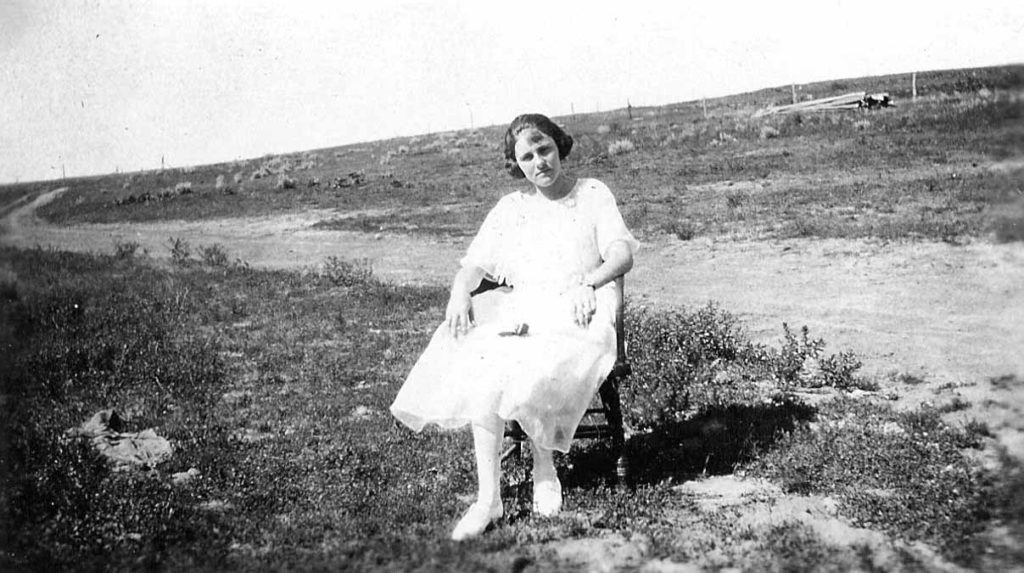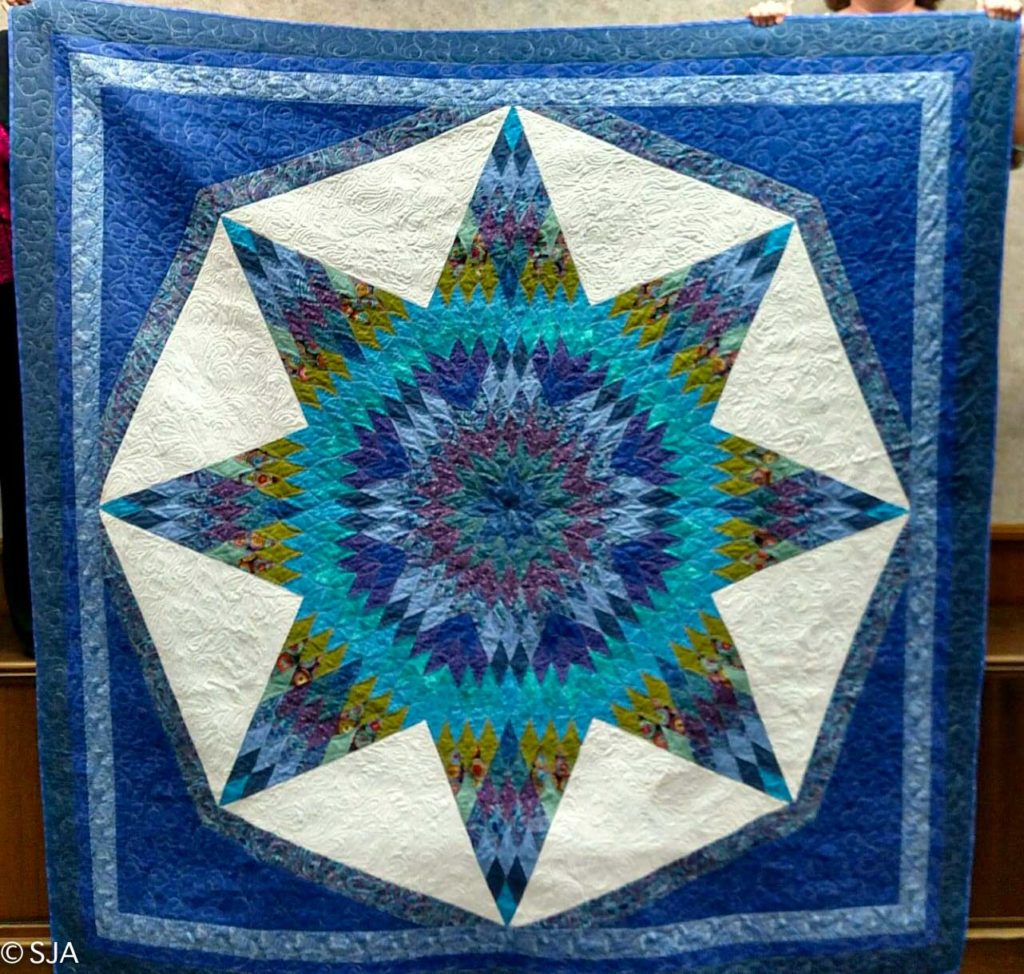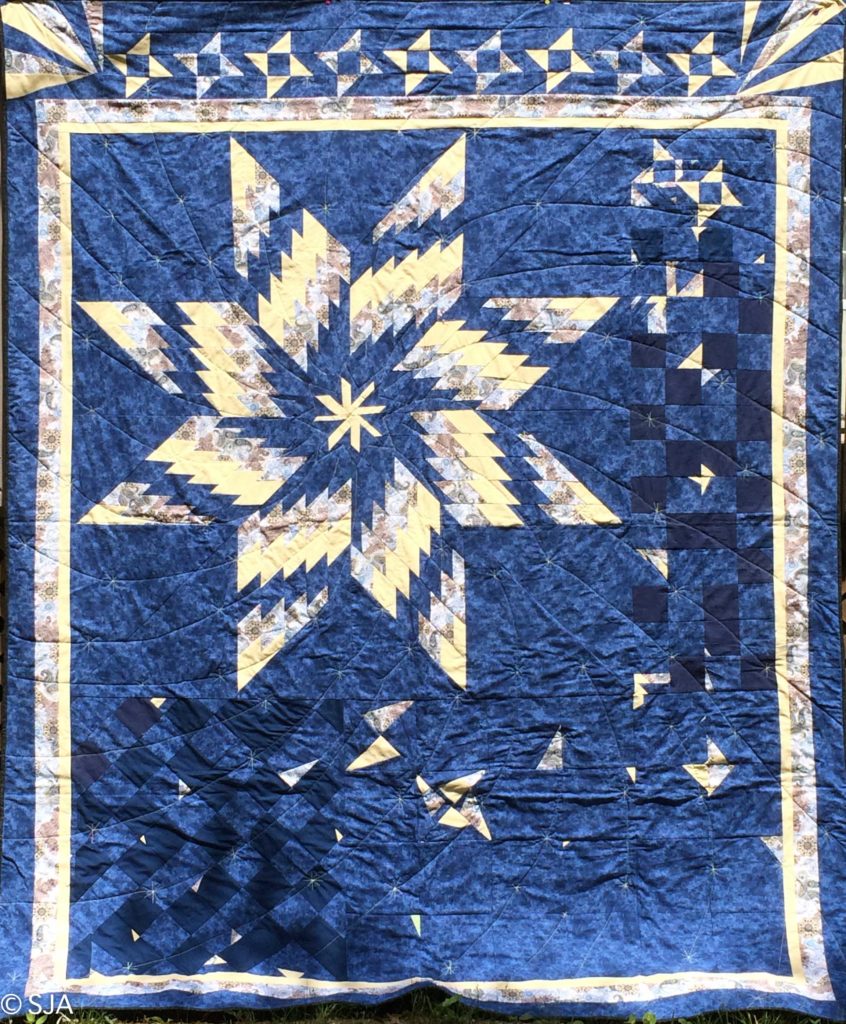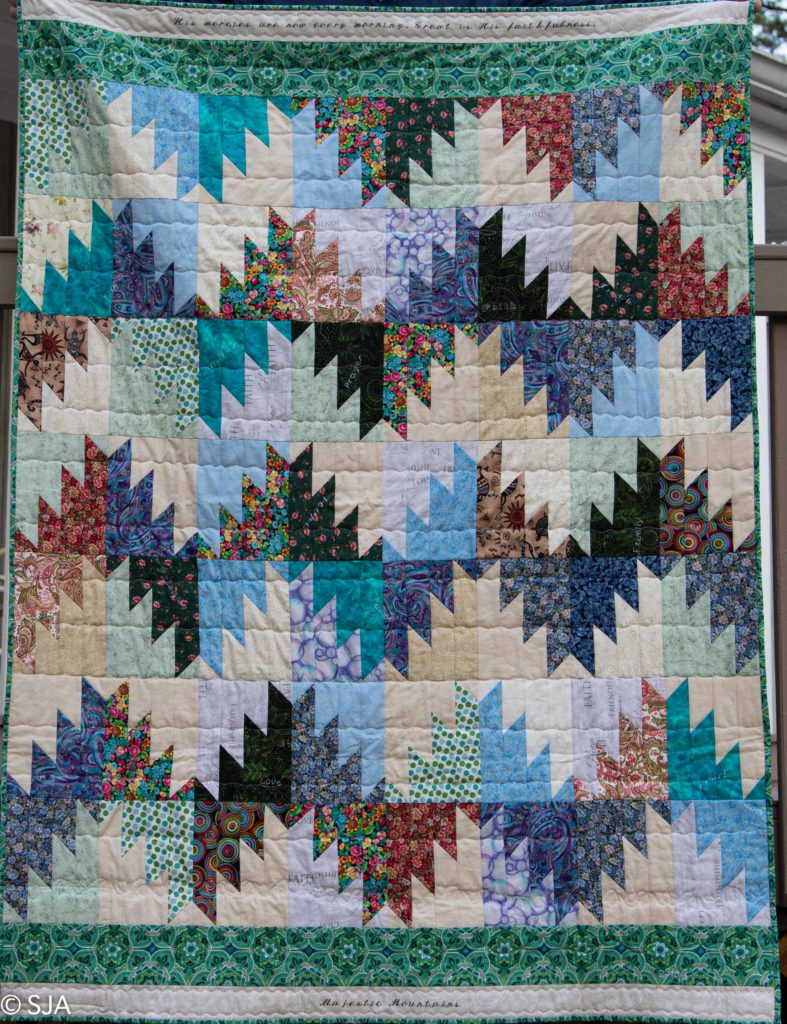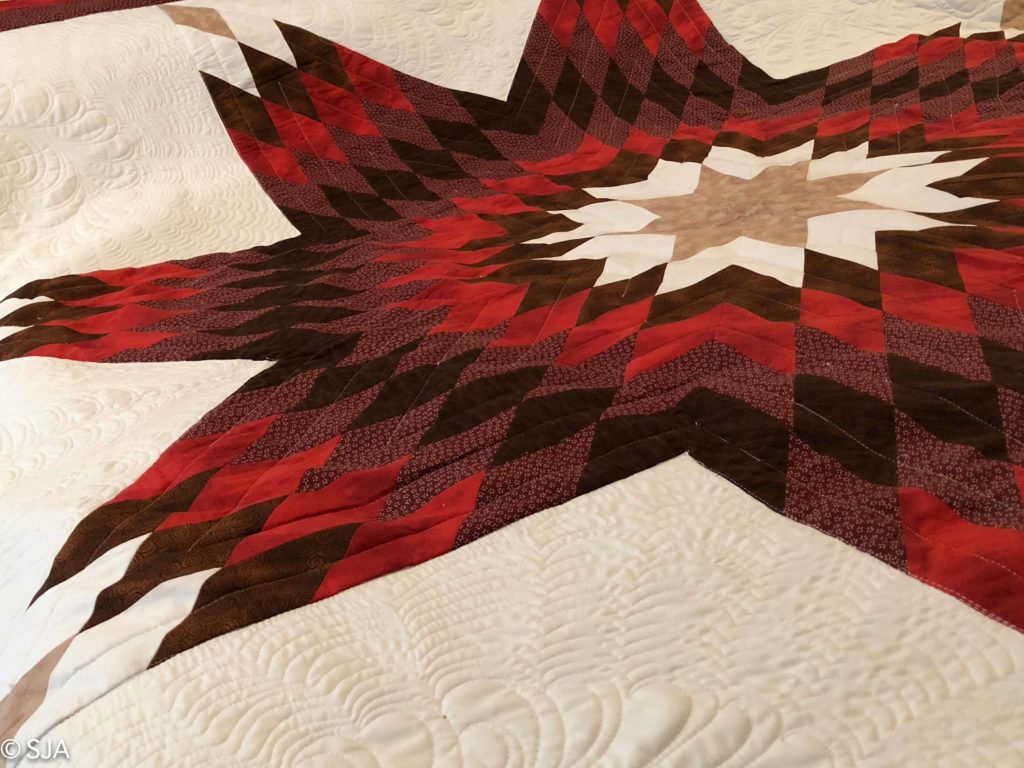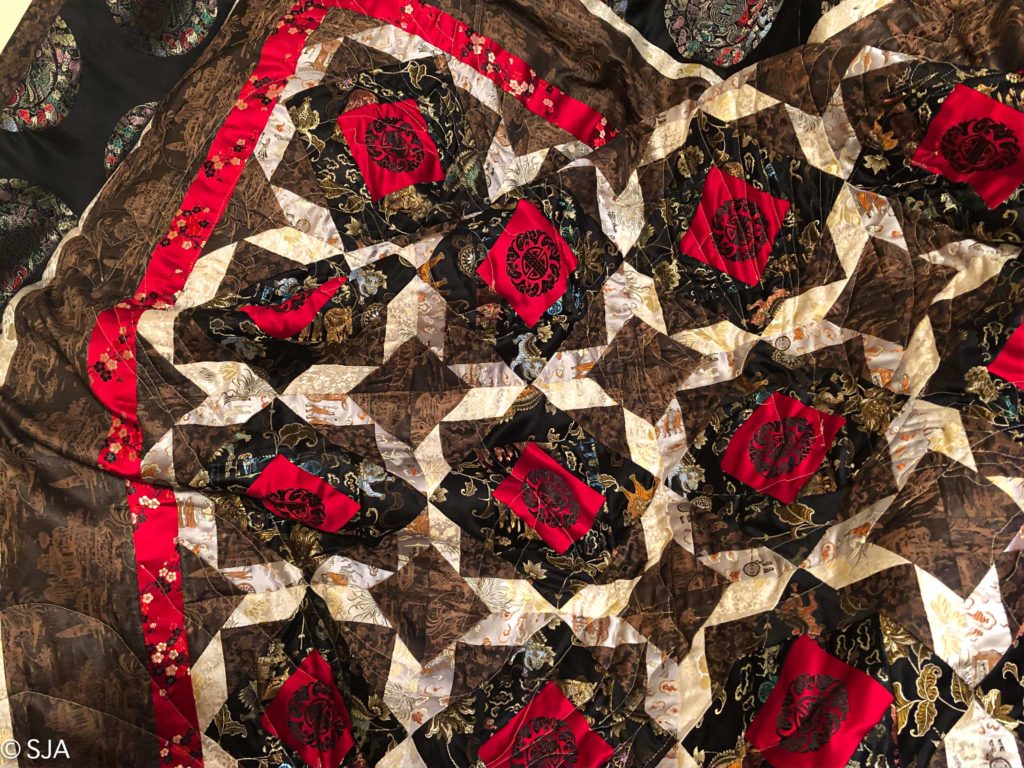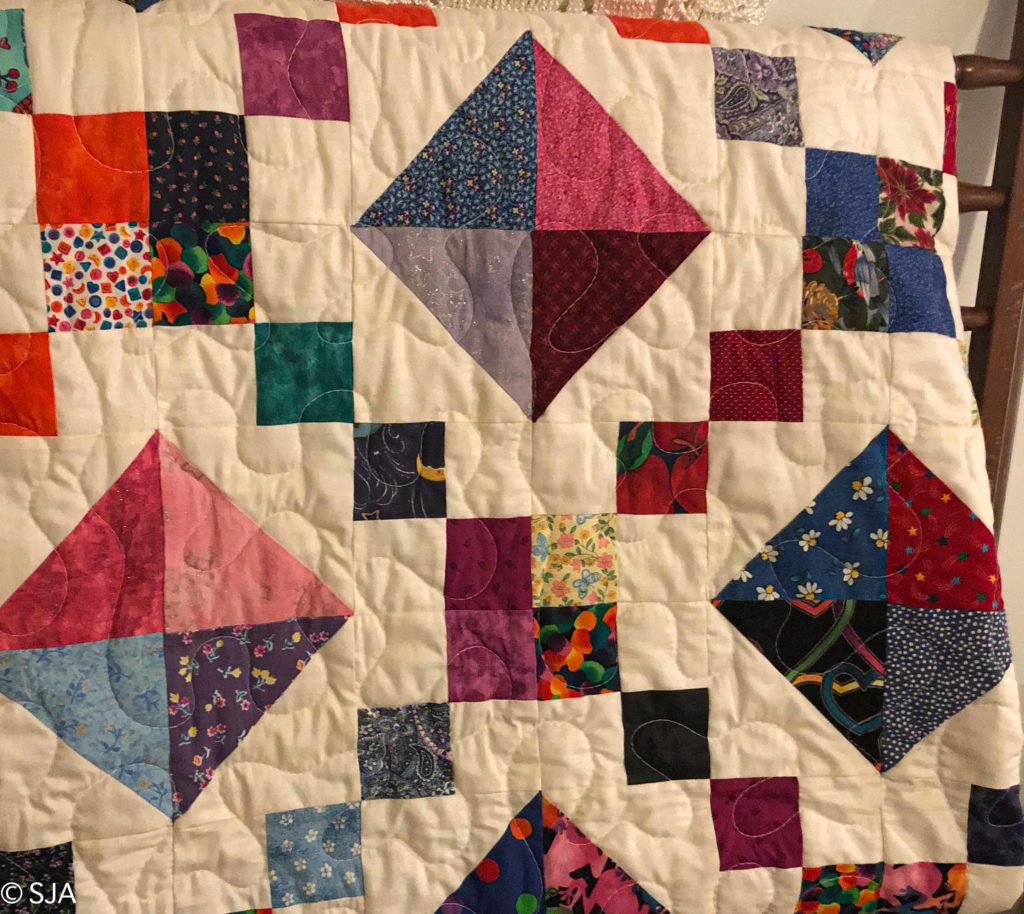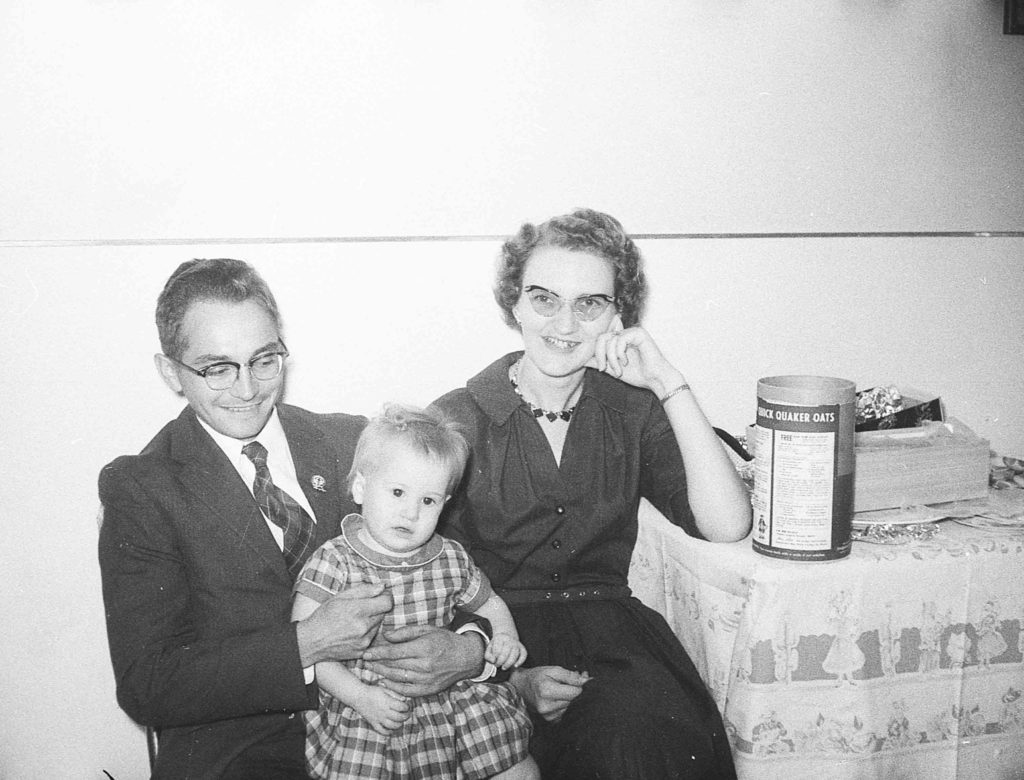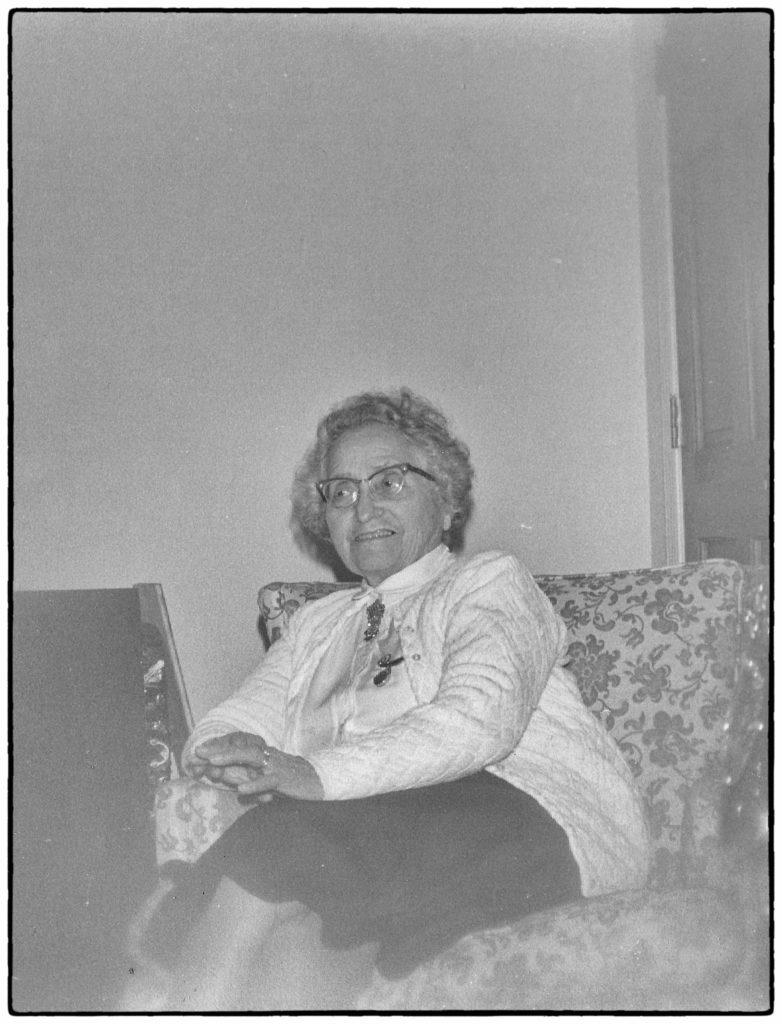I am happy to introduce (again) one of my favorite Guest Authors –
my Daddy. The telephone was one of the topics I gave him with the
“assignment” to write a “Book of Firsts.” He shares memories of the
first phone in the heart of the mountains.
Telephones were around a long time before I was. But there wasn’t any such thing in Sweet Grass Canyon. The nearest one was thirteen miles away. The telephone there was a party line connected to neighbors on down the creek toward Melville and Big Timber. When someone got a call, all the phones on the line would ring; however, each family had a different ring. Uncle Ed’s was a long and four shorts.
The telephones mounted on a box equipped with two bright colored telephone bells at the top front of the box, a speaker sticking out the middle front, and an ear phone receiver on the left side. There was a ringer mechanism somewhere on the inside of the phone box. The ringer was controlled by a crank handle that stuck out to the right. A person cranked the handle about half a turn for a short ring and a couple of times for the long ring. The far end of the telephone line was connected to the central station in Big Timber. A person cranked out a real looong ring to get the operator. She would answer, “Number please.” Then you would give her the telephone number of the person you wanted to talk to.
If you were desperate you could also give the Big Timber operator the name of a person or place. Jimmy Anderson’s mama knew everybody in town, and she would connect you.
When we went to town, we watched the lines on the telephone poles. There was just one telephone line until after you passed Melville. Then there was a wire attached to each side of the telephone pole. When you got to Big Timber Creek there were two more lines coming in and the poles had cross arms.
Some folks in town had a private line instead of a party line. In town itself there would be telephone poles, cross arms, and wires all up and down the streets.
Here’s some happenings that led to a phone line into the mountains:
The ladies west of Melville had a community project – finding Loyd Rein a wife. By the early thirties, Red Mac and Buddy Brannin were married, but Loyd Rein was as elusive as a trap wise coyote. And then, in the late thirties Ruth Anderson got asking age, and they married. Then Loyd and Ruth moved to Rein’s upper place on the Sweet Grass just five miles away. They had a telephone line installed.
It wasn’t until after Gary was born that the telephone was extended the rest of the way into the mountains. We cut the telephone poles off the forest reserve on the American Fork. Uncle Gus used Adolph Tronrud’s post hole digger, and we set up telephone poles from Reins to Brannins and to Ward and Parkers. We paid Haas in Big Timber for the wire and the wiring work, and Sweet Grass Canyon had telephones.
Jean and I had a connection line to Gommy’s house. Messages such as, “Are Lynn and David over there?” became more familiar than Alexander Graham Bell’s words to his assistant, “Mr. Watson, come here, I need You.”
Although the first telephones were in existence long before I was, there was no such thing as the transmission of pictures over telephone lines or even over radio waves. Our sixth-grade teacher told us, that this was something that would never happen. Even teachers make mistakes. That ridiculous thing has invaded all our homes! Now we even have cell phones like Dick Tracy had!
